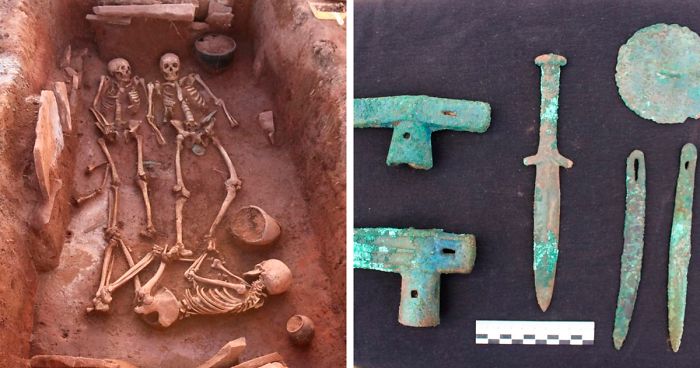
Archaeologists Find A 2,500-Year-Old Grave In Siberia That Contains An Ancient Warrior Couple
Archaeologists in Siberia have unearthed an extraordinary 2,500-year-old grave of an ancient warrior couple.
Both of them are believed to have died in their 30s and were buried together with a newborn and an elderly servant woman, according to the scientists. The couple are thought to be spouses, whereas the elderly woman might have been their servant, who likely died in her 60s.
Remains of the baby were scattered throughout the grave, most likely due to rodents eating the flesh of the deceased.
The ancient warrior couple may shine a light on the lost Scythian civilization, which existed in the region of modern-day Russia until approximately 2,200 years ago.
More info: Archaeology Nsc
Image credits: archaeology.nsc.ru
The most unusual thing about the discovery was that the warrior woman in the grave was buried with the same weaponry as the man. As far as scientists are aware, in other graves from around the same time and location, female warriors were buried with a bow and arrows, which are long-range weapons. However, the woman in the newly discovered grave had a long-handled weapon, which could either be a hatchet or an axe, and a short sword.
The man of the couple had two axes, two bronze daggers, and a bronze mirror. Senior researcher Yuri Teterin said: “It is a brilliant burial in that there is authentic bronze weaponry.”
Image credits: archaeology.nsc.ru
“We have an impressive set of weaponry,” Dr. Oleg Mitko, head of Archeology at Novosibirsk State University, said. “We found close fight weapons in a female grave, which is not so typical. The woman had a battle axe… so she was a part of a warrior strata.”
The elderly woman was entombed in a crumpled position below the feet of the couple. Two of her teeth were broken and she only had a broken comb and a small ceramic vessel, which led researchers to believe she had little personal wealth.
Image credits: archaeology.nsc.ru
Some larger ceramic vessels, filled with mutton and beef, were also discovered in the grave. In that time period, people were buried with goods and food as it was believed that they helped people when they reached the afterlife.
All of the people from the grave are from the Tagar culture that was part of the Scythian civilization. Herodotus, an Ancient Greek historian, has left records of the Scythians and their young female warriors. However, physician Hippocrates later explained that a young woman would cease being a fighter after “she takes to herself a husband.”
Image credits: archaeology.nsc.ru
“Both male and women took part in hostilities,” archaeologist Anatoly Vybornov explained. “Violence was an acceptable and legal way to solve the problems then.”
As there is no evidence of battle wounds, researchers are keen to believe that the four people could have possibly succumbed simultaneously to the same infection. The servant could have been buried alongside the family to look after them in the afterlife.
Here’s what people online said
13Kviews
Share on FacebookScythians,a fierce people by all accounts...yet they appear to be holding hands,endearing ..
We've known about these women warrior burials for more than 30 years: Pazyryk, Tashtyk, Tagar...yep, we know.
Scythians,a fierce people by all accounts...yet they appear to be holding hands,endearing ..
We've known about these women warrior burials for more than 30 years: Pazyryk, Tashtyk, Tagar...yep, we know.
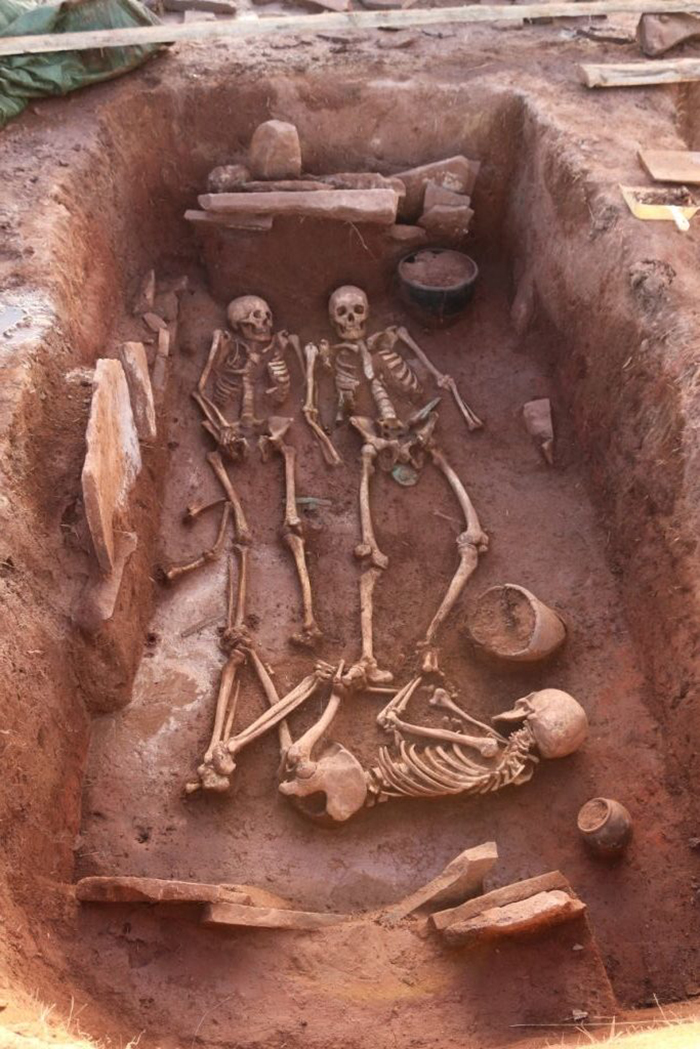
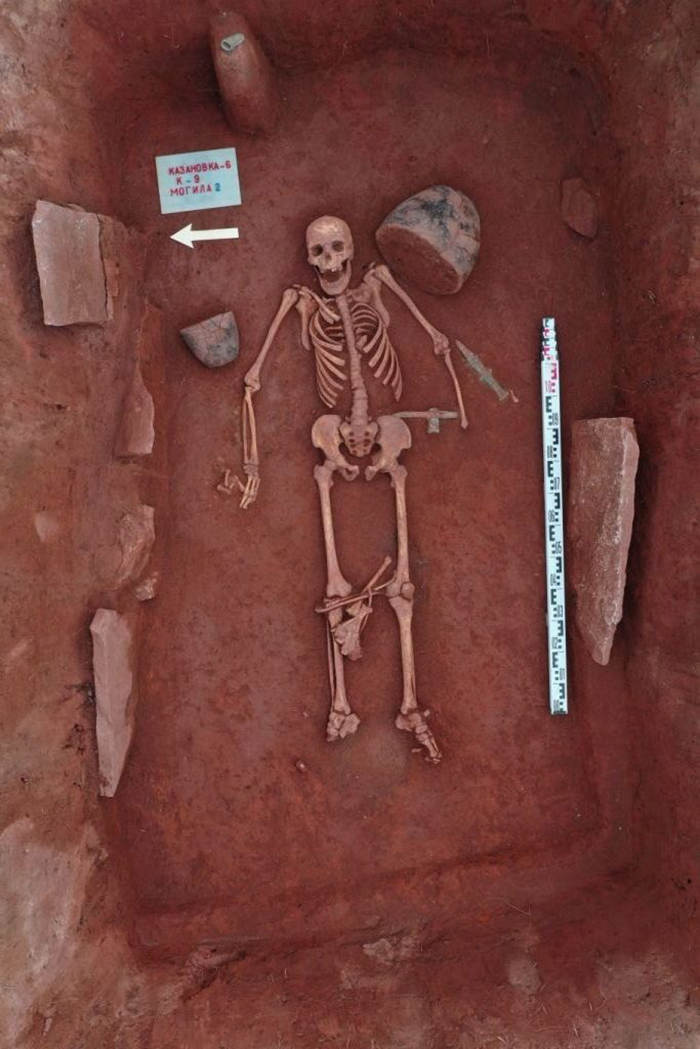
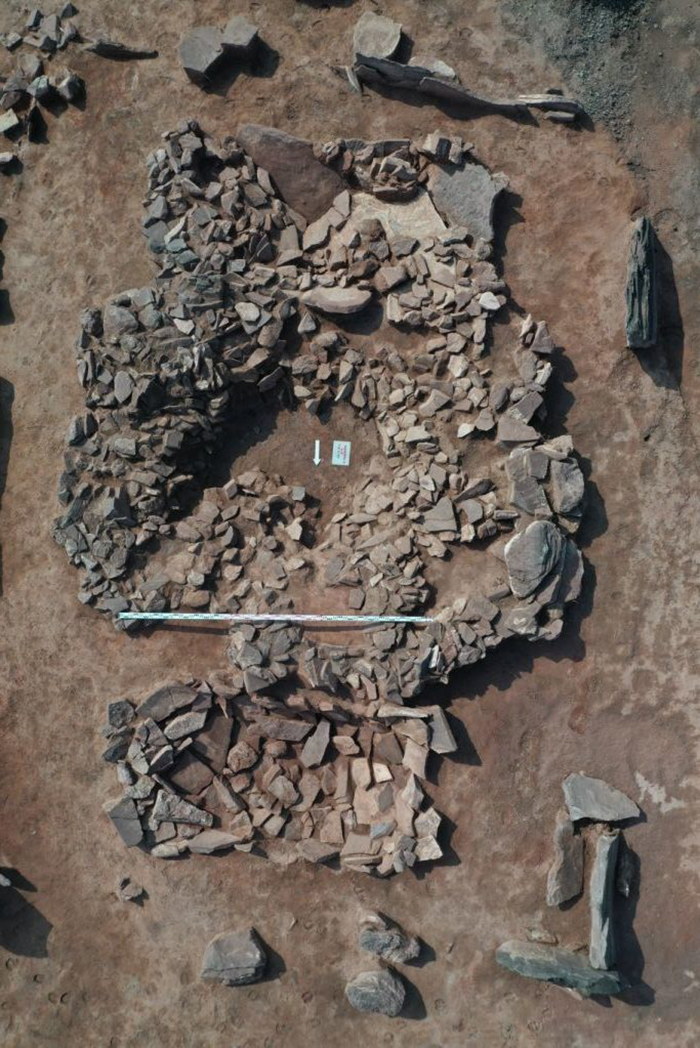
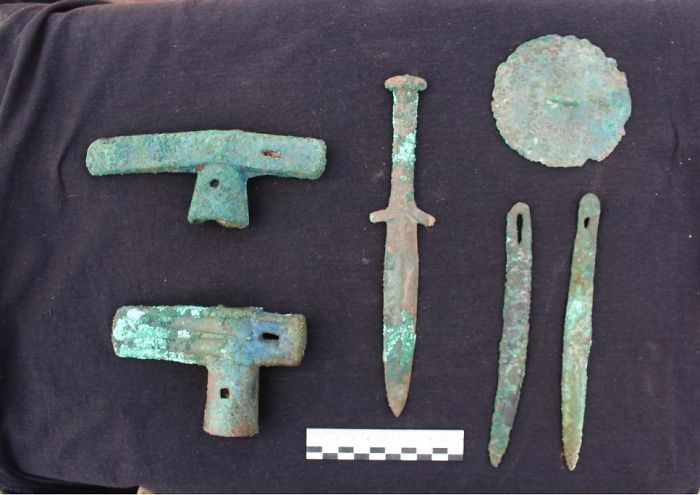
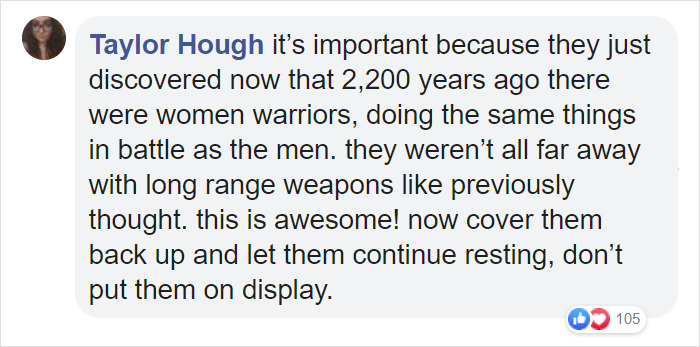











97
10